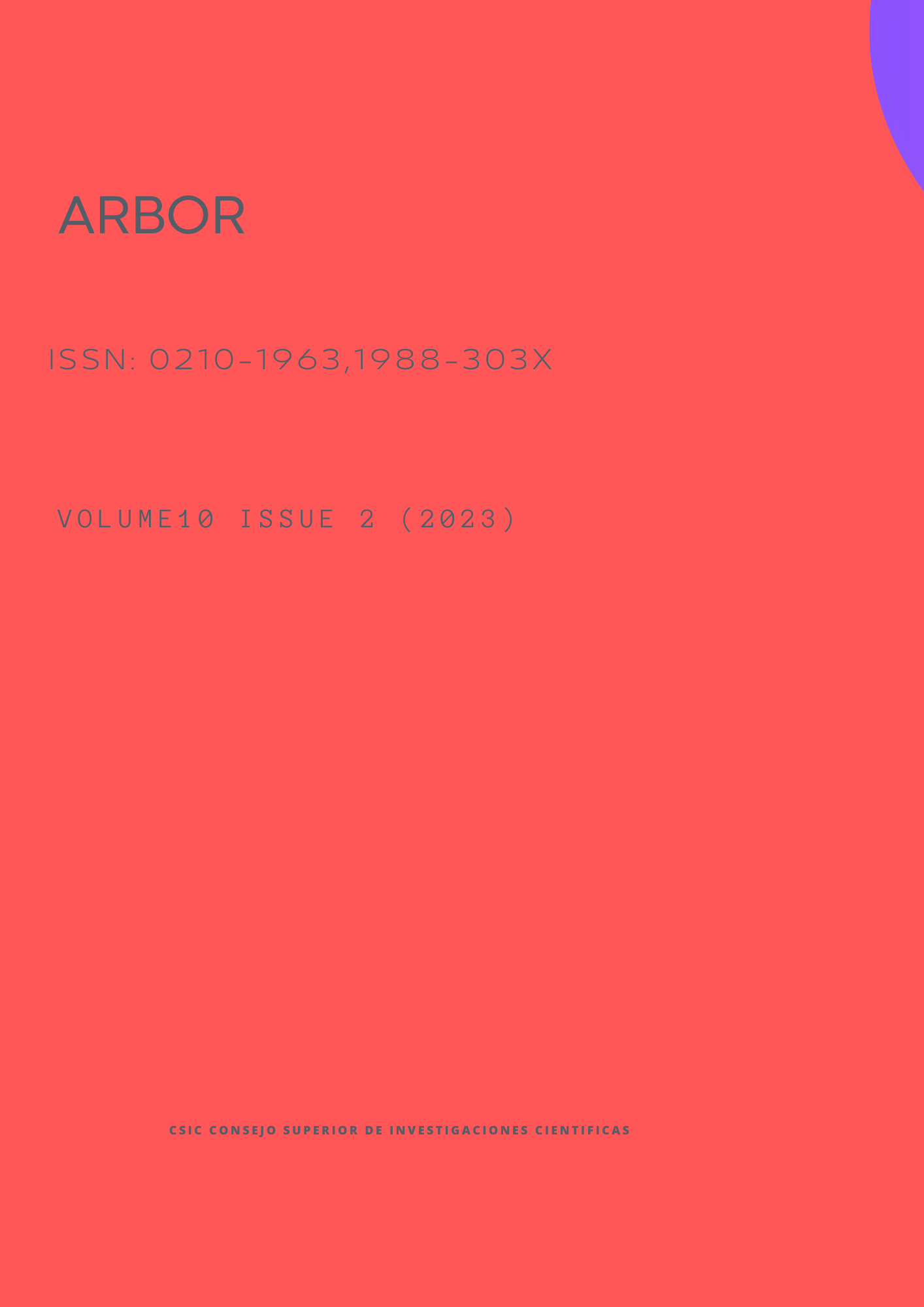Saudi Arabia - Iran Conflict in the Middle East: A Struggle for Regional Hegemony
Main Article Content
Abstract
This article seeks to examine the existing state of chaos in the Middle East, which is exacerbated by Saudi Arabia and Iran's long-standing rivalry. When this conflicting relationship is taken into consideration for analysis, a wide range of factors come into play, including competing legitimacies, geostrategic interests, historical animosity, and religious and sectarian differences. Both states have significant involvement in proxy wars, direct and indirect, in Syria, Yemen, Iraq, Lebanon, and Bahrain. The rivalry between Riyadh and Tehran, which is fueled by both sectarianism and power politics combined, has definitely increased the likelihood of a new cold war, which is one of the dangerous factors defining regional politics. This article will also look at the fresh improvement in relationship between Saudi Arabia and Iran and investigate China's role as a mediator in the peace agreement. Using the theoretical framework of Neoclassical Realism (NCR), the study examines the intricate dynamics of relations between Riyadh and Tehran, taking into account both foreign and domestic factors. The study examines the historical background of their tense relationship, which was fueled by proxy conflicts and geopolitical aspirations. China's role in mediating the peace agreement between Saudi Arabia and Iran highlights its strategic and security interest in the area and reaffirms its use of economic power to further diplomatic goals. The discussion then turns to Saudi Arabia's and Iran's reconciliation efforts and goals. The article concludes that there may be hope for stability in the Middle East as a result of Beijing’s mediation and the rapprochement between Riyadh and Tehran.
